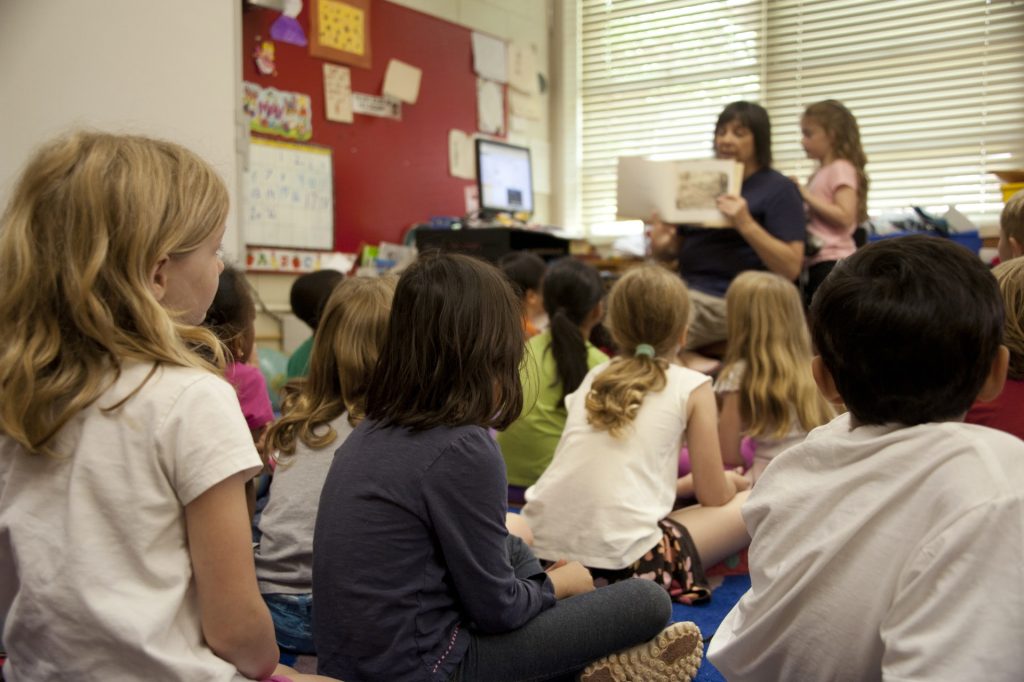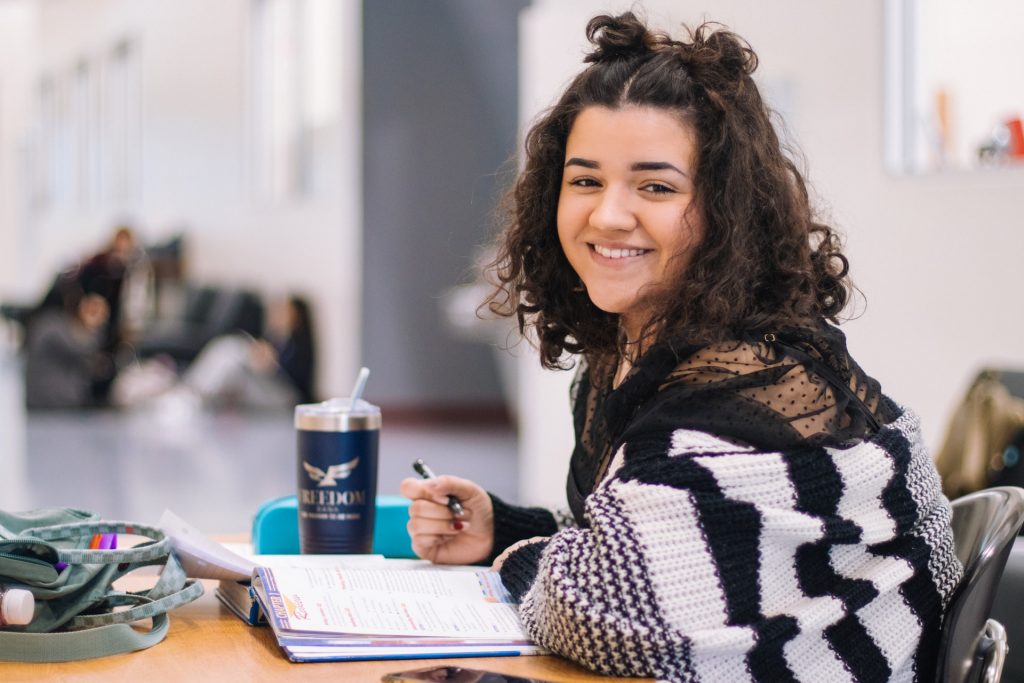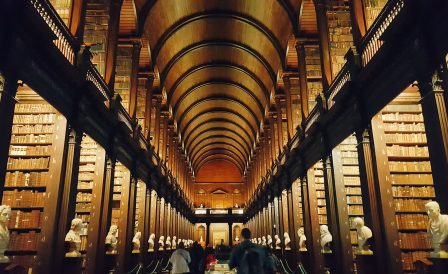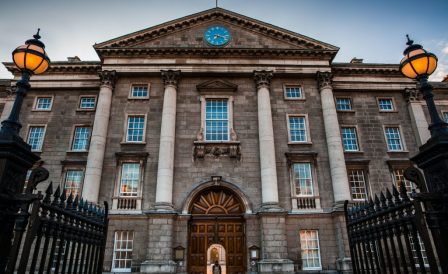It is worth noting the most significant difference from other countries: there are no public schools in Ireland. All schools are run by either churches or private organisations. However, almost all schools receive funding from the state for 95 per cent of their costs. Therefore, they must meet government standards for student learning and wellbeing.
Schools in Ireland are divided into primary and secondary schools.

Primary School
Most schools in Ireland are free, but there are also paid schools, from 3 to 26 thousand euros. Only eight per cent of all schoolchildren attend paid schools, but that number is growing every year.
The average number of students per class is 15 for primary school, and 13 for secondary school. The largest classes are in multi-religious schools (25-29 students per class), and the smallest are in Church of Ireland schools (0-19).
There are boys’ schools, girls’ schools and mixed schools. About 30% of boys and almost 40% of girls attend school for their gender. According to statistics, schoolchildren achieve better results on exams and tend to choose more “non-traditional subjects” if they study in schools for their gender. About 45% of girls from girls’ schools go to universities and 36% to technical schools. Most girls from mixed schools go to technical schools (40%), and only 32% to universities. Boys in boys-only schools also do better and enrol more in technical schools and universities than boys in mixed secondary schools.
Primary school system
Primary school lasts eight years and children usually start attending school at 4-5 years old. The state guarantees free primary education for all Irish citizens. Parents can choose primary education through mainstream school or home education. The first two classes are called Junior Infants and Senior Infants, where children learn the alphabet, numbers, Irish and religion. Don’t be alarmed that almost 90 per cent of primary schools are Catholic. Often, this only means that there is a church somewhere nearby, and there is a crossover door in the school. Every day, children read the Our Father. If you are not a religious family, no one will force your child to read the Our Father. Teachers in religion lessons talk about kindness, how important it is to speak the truth, not steal and be a good Samaritan. A lot of time is also devoted to behaviour: how to behave in society (do not interrupt, do not be rude, do not tease), how to behave if someone touches you without your consent, thinking about which adult to trust, knowing boundaries and respecting strangers, what bullying is, how different we are and how similar we are.
A deeper curriculum begins in the third grade (called First Class). It consists of seven main areas: arts, mathematics, physical education, religion, Irish, science and social education. In science, children study history, geography, wildlife, energies and forces, materials and the basics of caring for the environment. Social education aims to teach children to be self-confident, develop a sense of responsibility for their behaviour and actions, help them recognise and manage their emotions and feelings, cope with various changes, and be active and responsible citizens. Within the framework of history, they study changes in society, the early people, society and cultures of the past, and political conflicts. Students can study drawing, modelling, printing, construction, sewing, drama, and music within the framework of art. Every year, primary school students develop small businesses to help their communities and schools. Children come up with different ideas and implement them with the help of adults. The program began in 2010, and more than 75 thousand schoolchildren under 13 have already tried being real entrepreneurs. In 2019, schoolchildren earned almost 200,000 euros.
In recent years, Gaelscoileanna schools have also sprung up more frequently, providing instruction in Irish exclusively. But such schools are still attended by only six per cent of all primary school students.

Secondary School
Secondary school starts from 12-13 years of age and is divided into three parts: Junior Cycle (Years 1, 2 and 3), Transition Year (transitional fourth year) and Senior Cycle (Years 5 and 6).
Unlike primary schools, where the majority are Catholic, 48 per cent of secondary schools are no longer religious.
Subjects
In high school, there is a greater choice of subjects. Students can choose from several foreign languages. The most popular are German, Italian, Spanish and French, but there are also Russian, Latin, Arabic, Japanese, Chinese and Ancient Greek classes. Among the scientific specialities, one can study chemistry, biology, geography and physics. In addition, there is the subject of Politics and Society, which explores human rights, activism, globalisation and localisation, and the fundamental concept of power and decision-making. It is also possible to study accounting. As part of the school subject, students learn to use programs for accountants, study the legal framework and write annual reports and monthly cash flow statements. In Technology, students study design processes, how to build and evaluate a product/technology, how to manage projects, what materials and methods of production are, communications and visual media, computer science and communication technologies, structures and mechanisms, energy and electricity and electronics. In addition, schoolchildren can choose one of those areas of focus and go deeper.
Of course, in addition to these subjects, there is agronomy, business, antiquity, programming, construction, design and graphics, economics, engineering, home economics and other subjects.
Despite varying subjects, children develop many essential skills, namely communication, the ability to work with others and be effective, as well as how to think creatively and understand and analyse information.
On top of subjects and skills, students are taught to be confident, respect others, define their emotions and feelings, and accept people who are not like themselves. Special seminars are held where children are told about drugs, their differences and their effect on the body, healthy eating, sex, different types of relationships and love, pregnancy and parenting.
Exams
Exams are taken at the end of the Junior Cycle and the end of the Senior Cycle. The transitional fourth year is not compulsory in many schools, but more and more schoolchildren (60 per cent of all schoolchildren) decide to stay for the fourth year. At the age of 17-19, schoolchildren pass the last school exams, the Leaving Certificate Examination. During the last two years of the senior cycle, students take one of three programs, each of which leads to a state examination:
- Traditional Graduation – five elective subjects, one of which must be Irish;
- Graduation Certificate Vocational Program (LCVP) – more emphasis on technical subjects and vocational training preparation;
- The Graduation Certificate Application (LCA) is a more personalised course for students who do not fit in with the content of the previous two programs.



